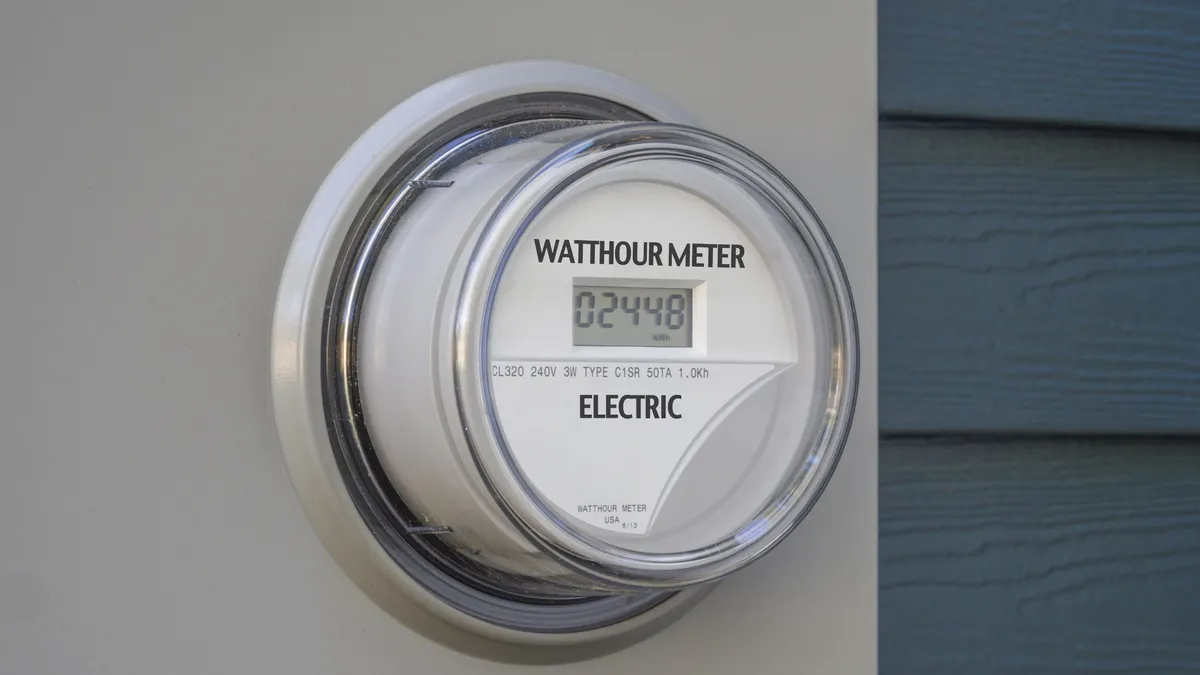Dive Brief:
- Funds cut from Connecticut's energy efficiency fund for help with a budget shortfall could boost consumer bills by $275 million and burn an additional 1.6 million gallons of oil, according to the board overseeing the programs.
- The Connecticut Energy Efficiency Board's (EEB) annual legislative report also concluded about 13,000 homes, including 5,600 low-income households, would lose access to efficiency programs.
- Connecticut's budget last year used $127 million from the Connecticut Energy Efficiency Fund (CEEF) to make up a budget shortfall. According to the Hartford Courant, there is talk among lawmakers of putting back some of those funds.
Dive Insight:
“There are no easy answers," one Connecticut lawmaker told the Harford Courant. There is a bipartisan group of lawmakers who want to return at least some funding to the state's energy efficiency fund, but it is not clear where those funds will come from.
According to the paper, some lawmakers regret their vote but do not expect they can restore all of the funding. The funds, generated by bill surcharges, really belong to energy ratepayers, they say. And cutting funds for programs that provide jobs and help customers save was a mistake.
Last week, the EEB's 2017 Programs and Operations Report attempted to put a figure on just how large the impacts will be.
"Unfortunately, 2017 closed on a damaging note for energy efficiency in Connecticut," the report says. The funds taken for the budget shortfall amounted to a 33% cut to CEEF’s annual electric efficiency budget.
The report also concludes "thousands of jobs will be lost, and efficiency projects worth over $30 million will be canceled annually in 2018 and 2019."
A plan by Gov. Dannel Malloy (D) could restore $24 million in efficiency-related funds the state's Green Bank and Regional Greenhouse Gas Initiative, but would not include EEB's funds.















